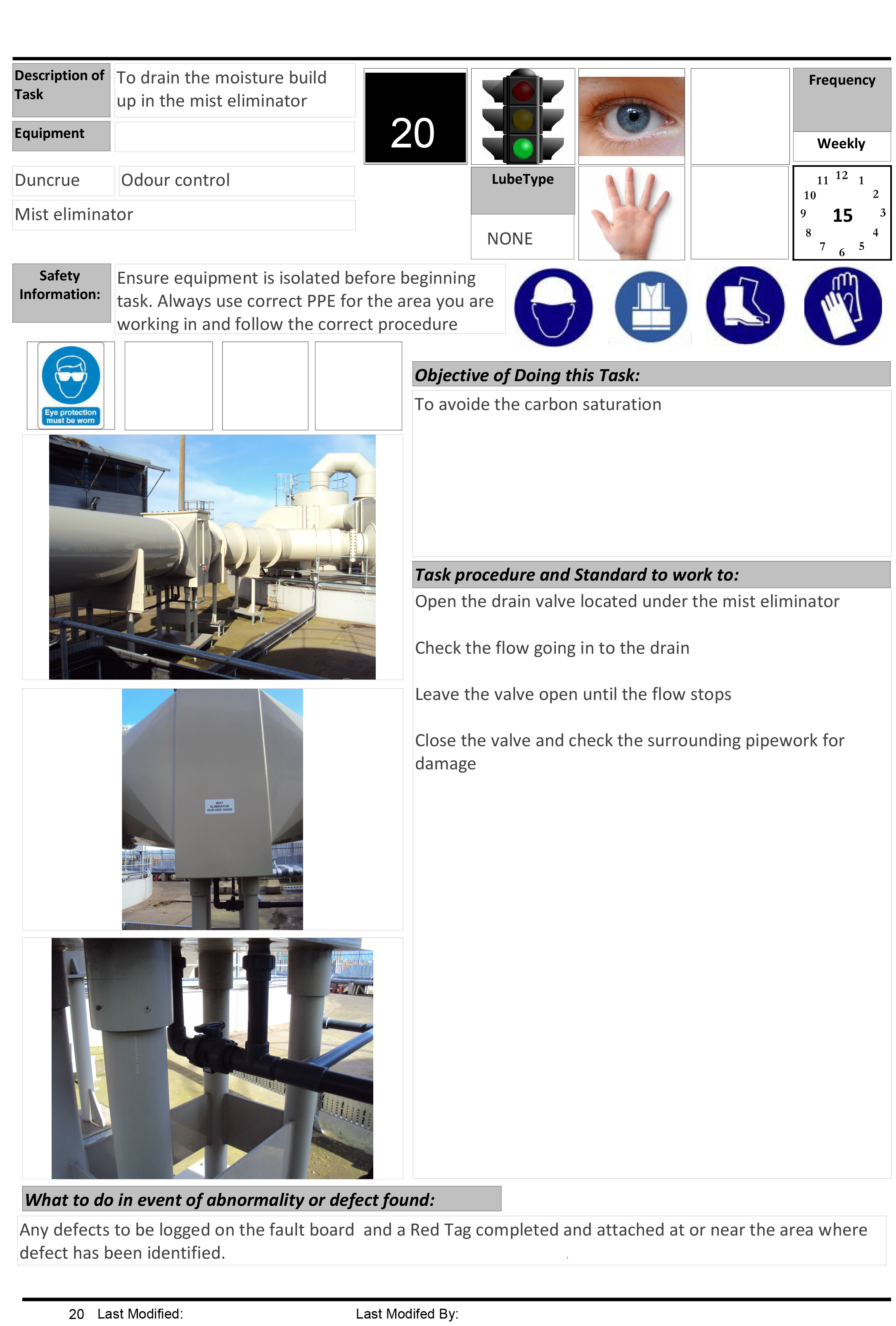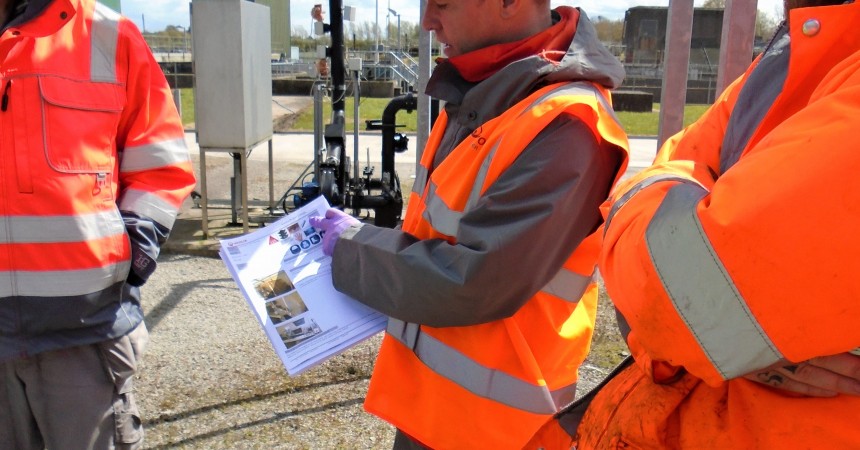Your most valuable asset
You’d be amazed at how often I find when out and about, that there are no standard operating procedures (SOP’s) for carrying out tasks and how many companies rely on the knowledge and experience of the individual Operators / Staff, or lack of it!
Recently I was reviewing some productivity figures at a site and I could clearly see the drop off in output, which so obviously tied into when a particular Operator was on their holiday. This was a site that was supposed to run 24/7 365 days a year, so unless they cloned the poor chap, then the site was not going to perform at optimum all the time it needed to. This is such a waste, not only in reduced productivity but it could also lead to situations where the less experienced Operators when covering could damage the plant or even cause safety or an environmental incident.
What each and every job or task should have, is a Standard Operating Procedure (SOP). This is because an SOP is a written document that details the best method currently available to perform a specific task, ensuring that quality, cost, delivery and safety targets are achieved.
SOP’s are one of the Lean tools that provide a simple but effective visual method of communicating a standardised way of working within a structured format with the use of text, photographs and diagrams.
SOP’s are also documents used for training and assessing the competence of an individual to perform a given task and they can:
- provide visual, informative and structured methods of best practice
- incorporate and support current policies and procedures that are in place within the organisation
- define roles and responsibilities
- ensure customer focus
- support a culture of continuous improvement
“I’m a highly trained professional and my job is too complex and varied to have simple SOPs” you may cry.
Not so, for example – by implementing a simple SOP in Primary care, in an NHS setting, the number of clinical incidents reduced from 50 the year before the introduction of the SOP to just 7 after the SOP was introduced – an 86% reduction in things going wrong.
To do this the Team tapped into the knowledge and experience of the Nursing staff, meaning we valued their input and ideas. We utilised the organisations biggest asset – it’s staff!
Still not convinced – next time you fly away on holiday, check that the crew are using SOP’s. I’m sure you will more reassure if they are.
Share:

